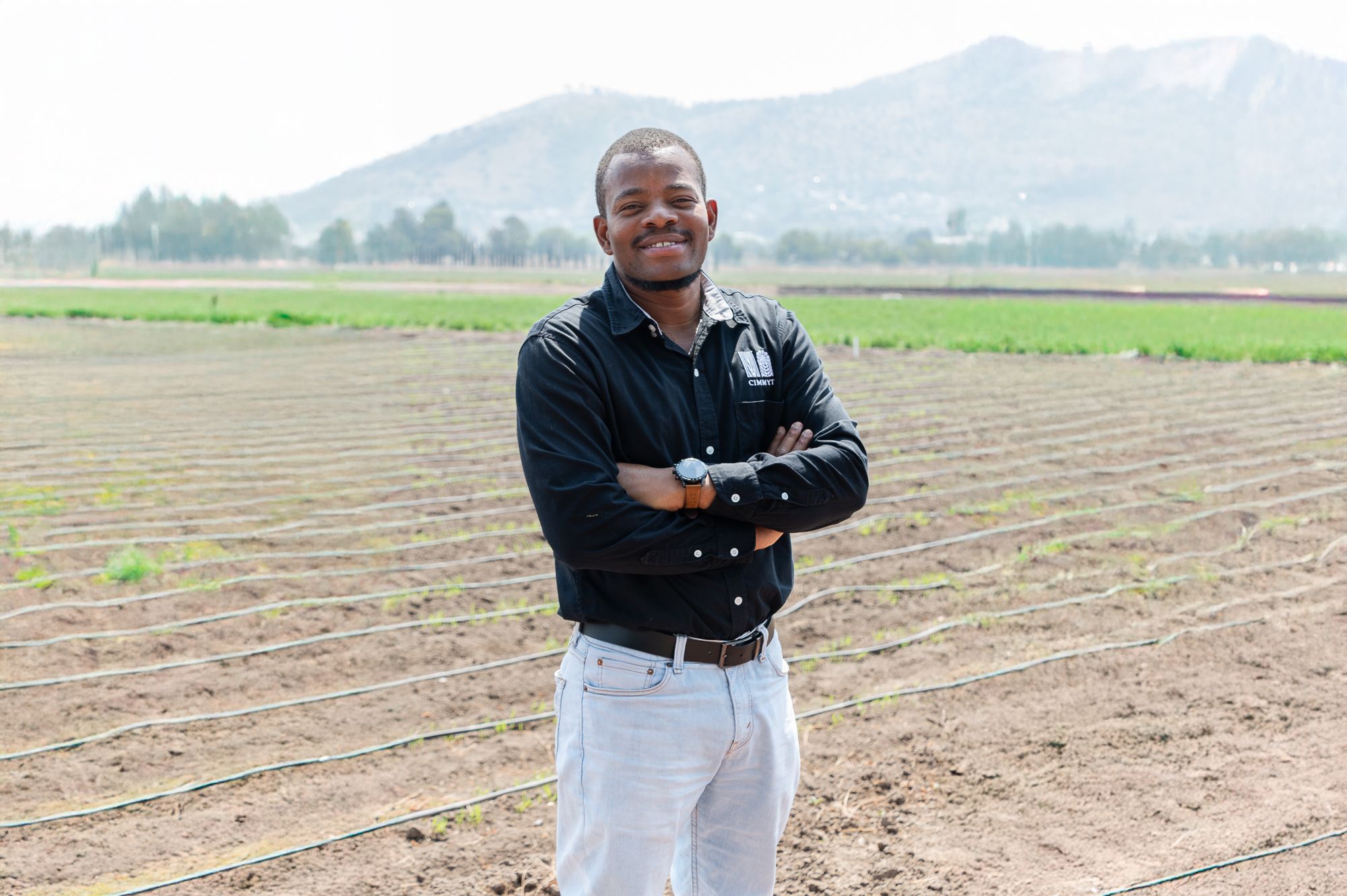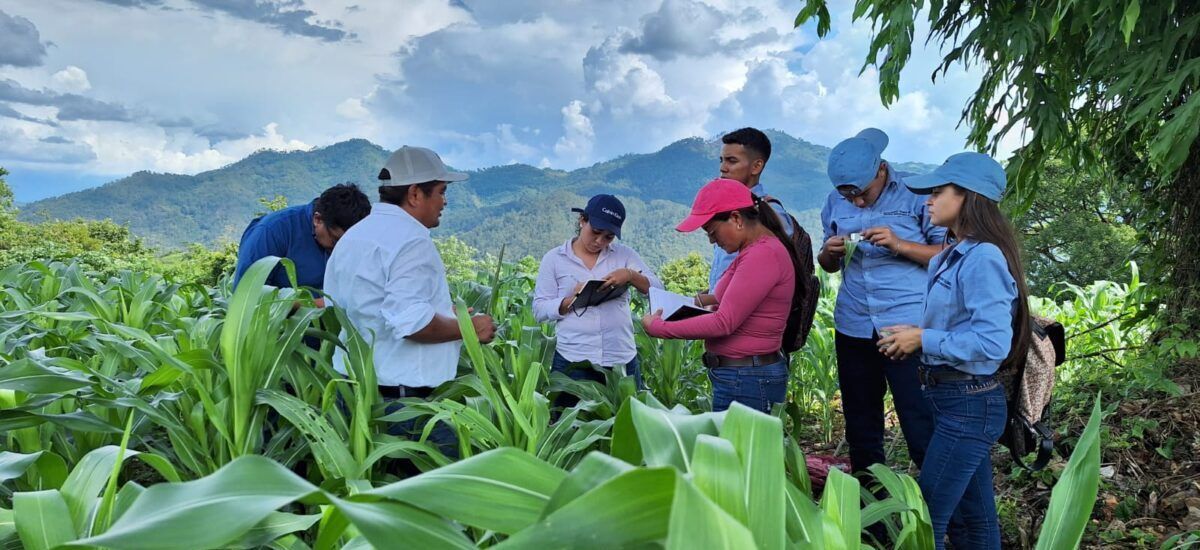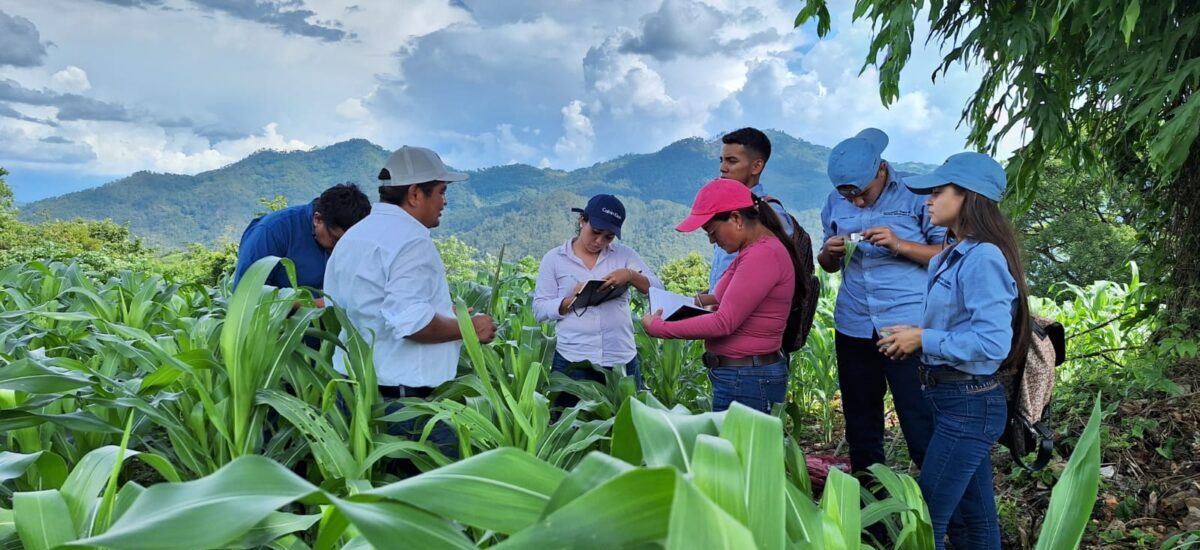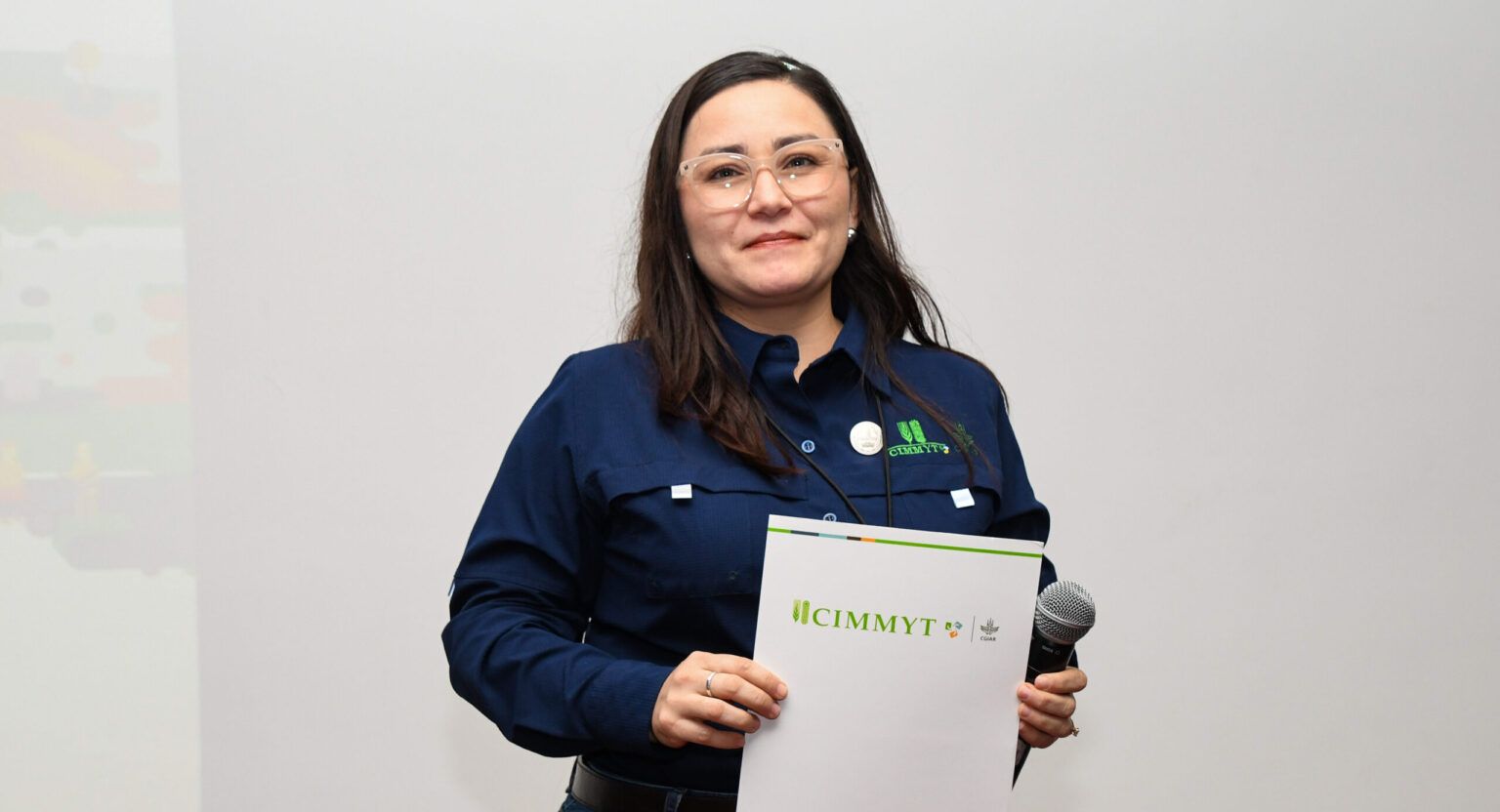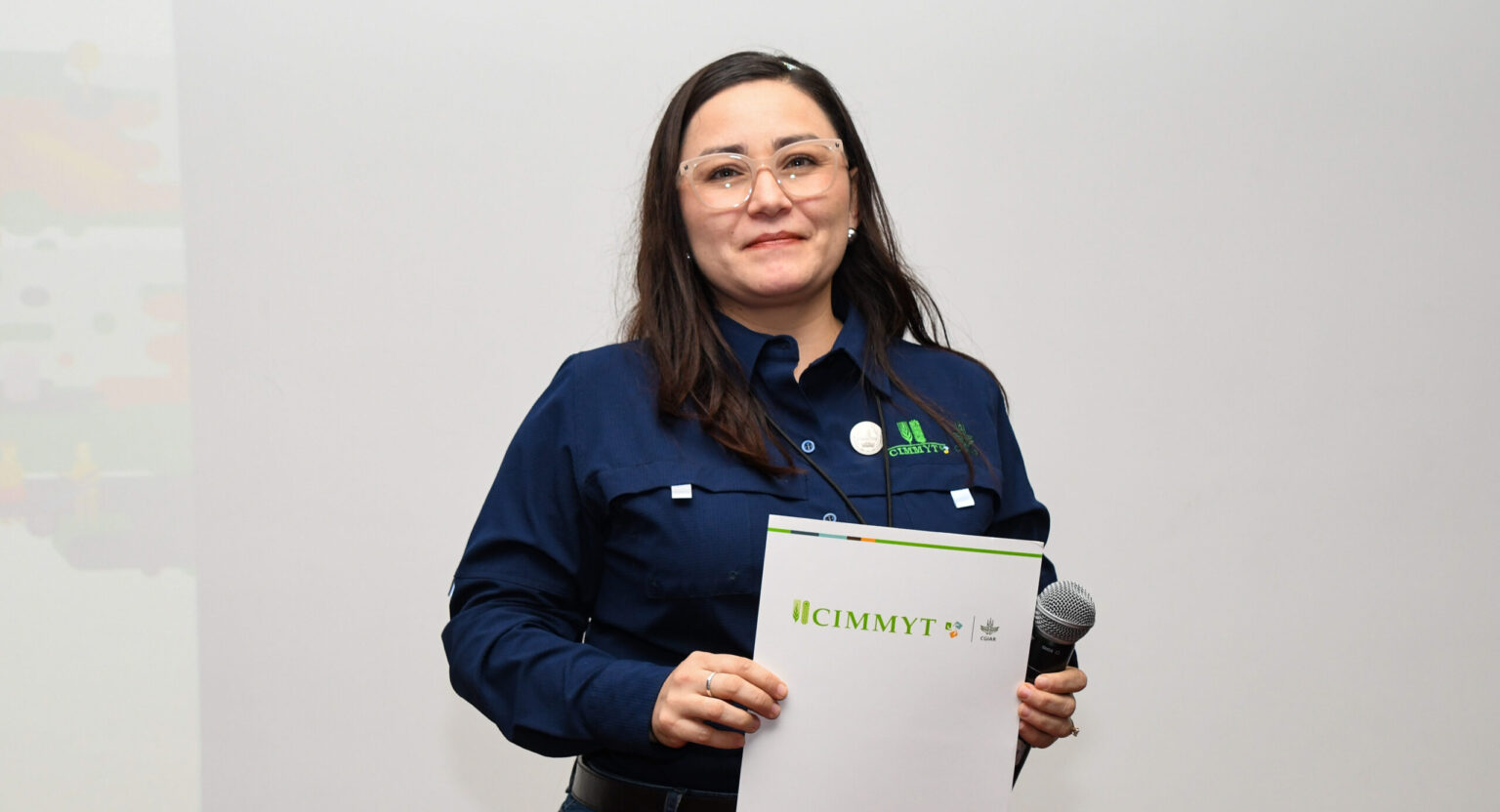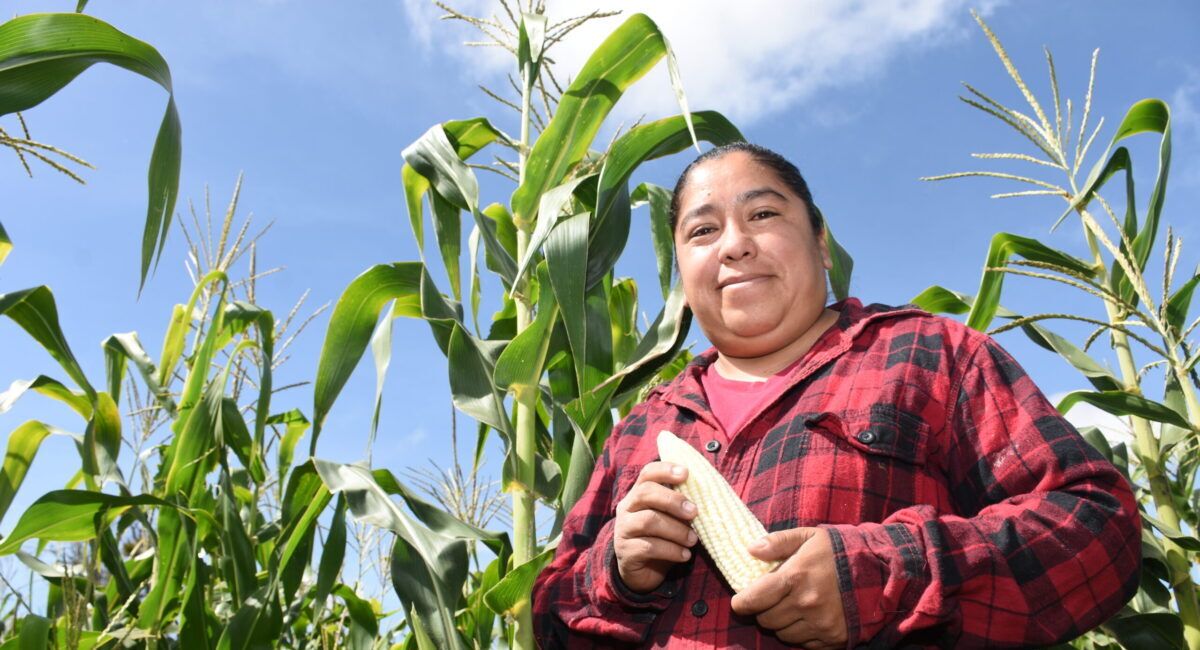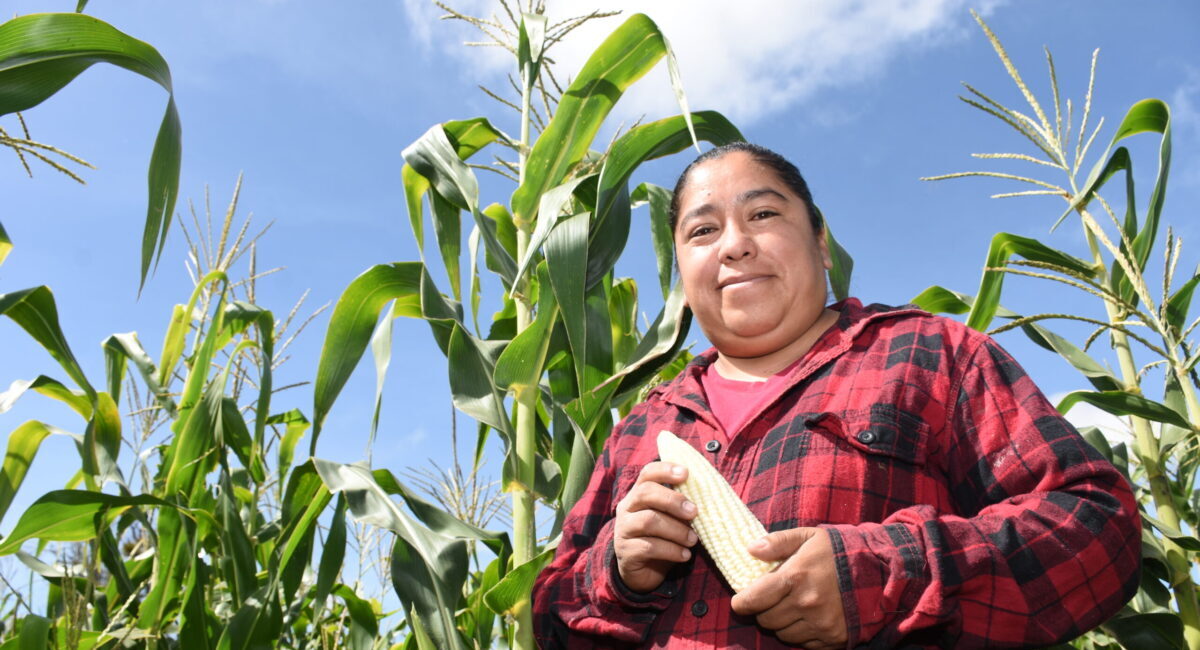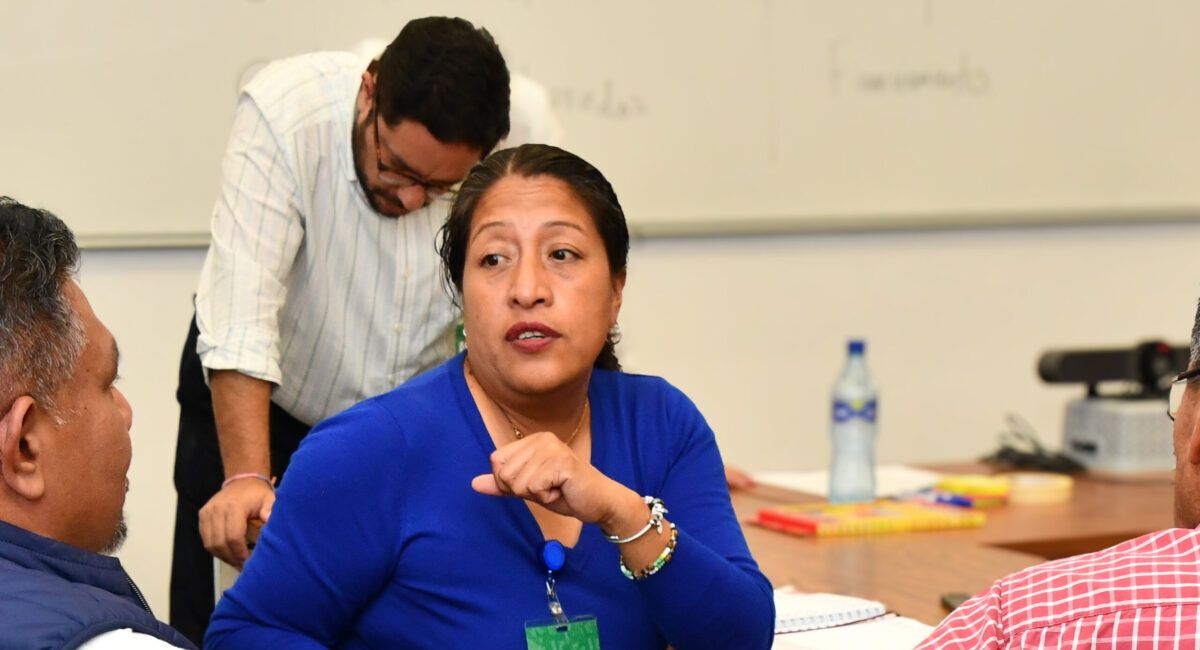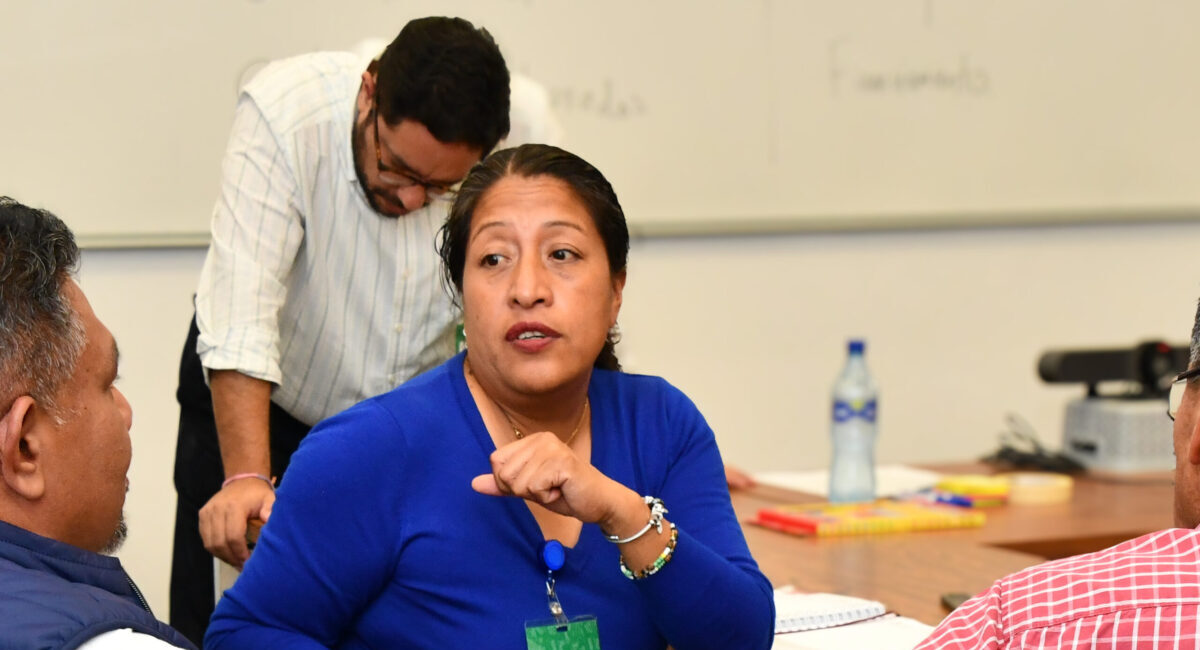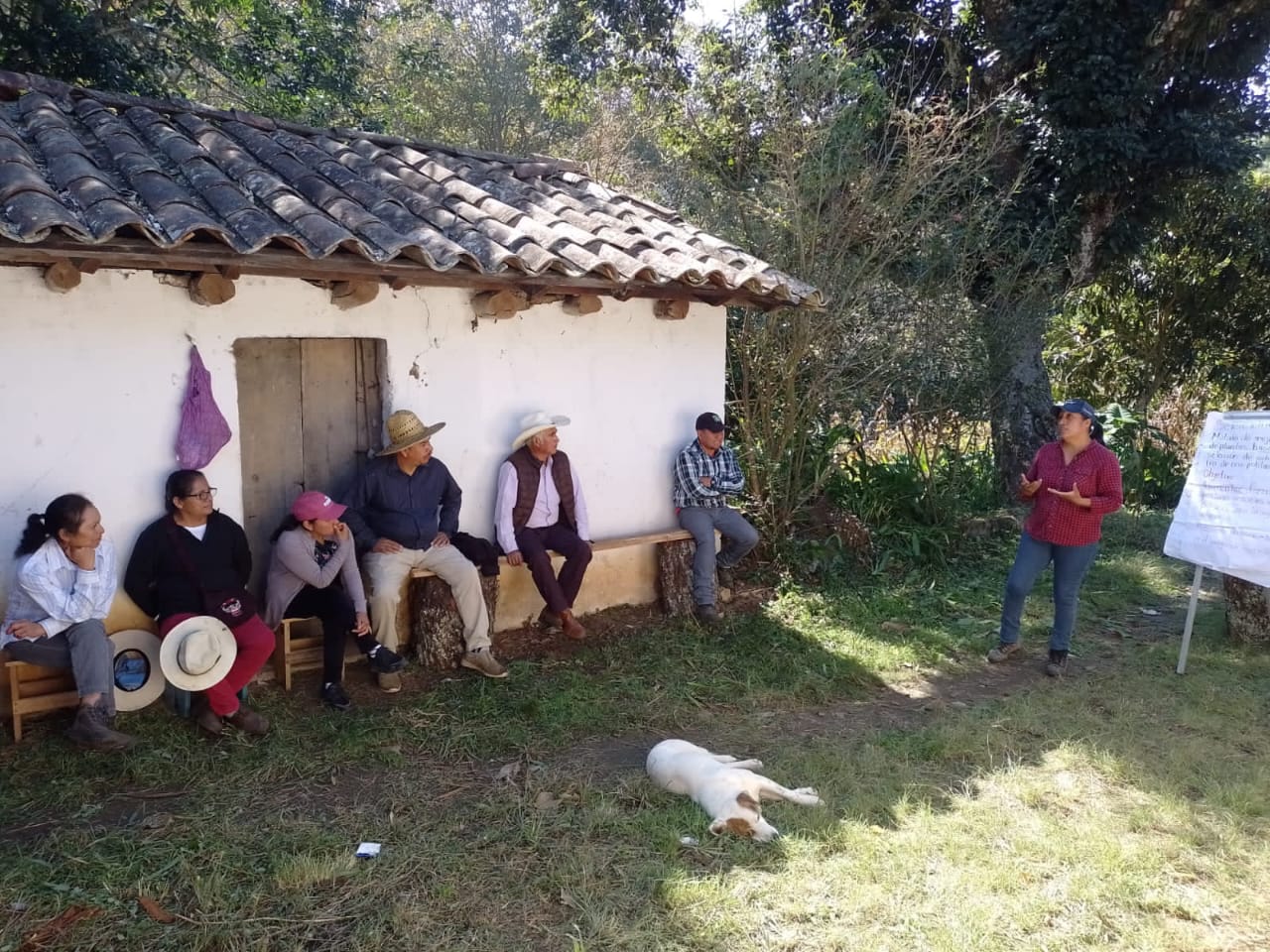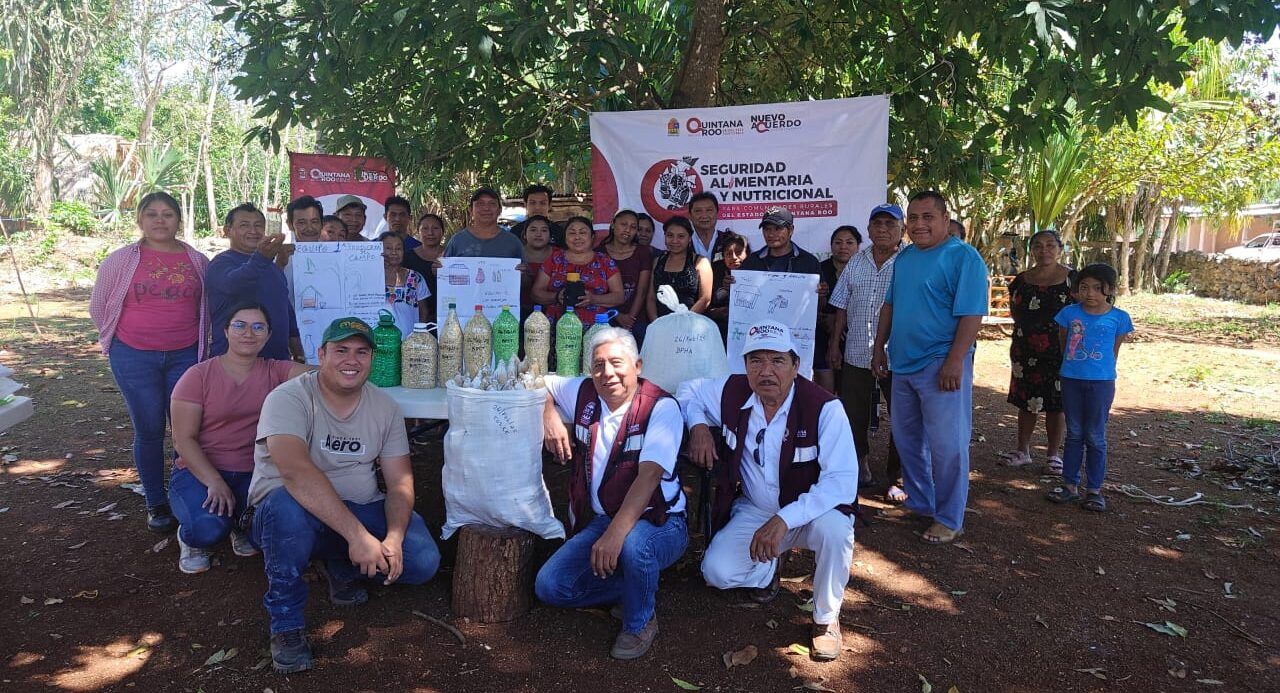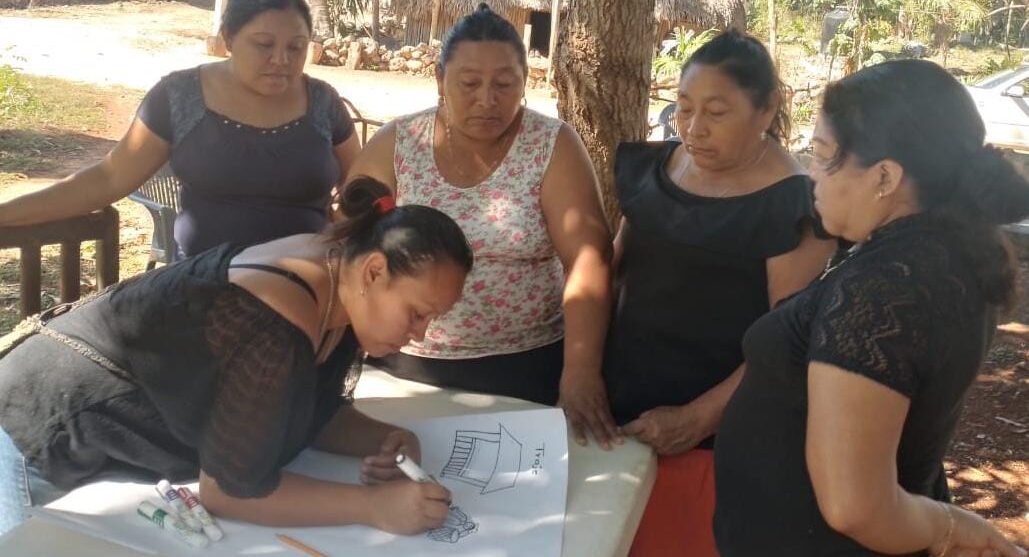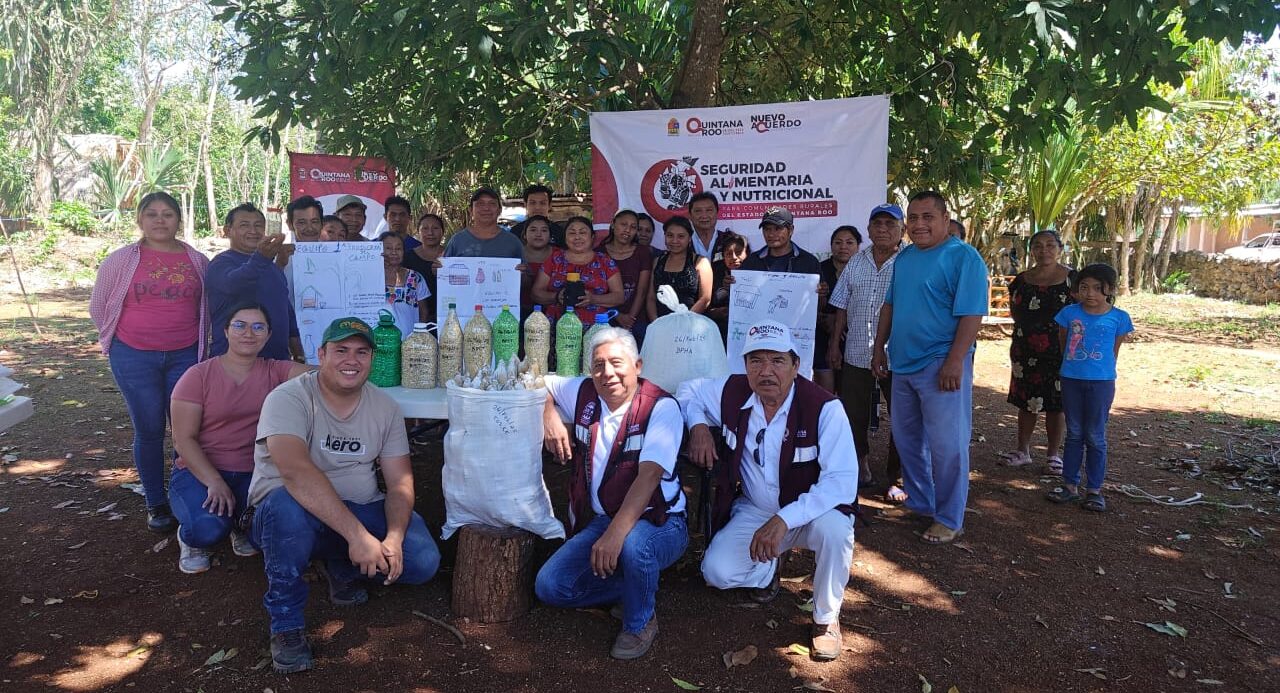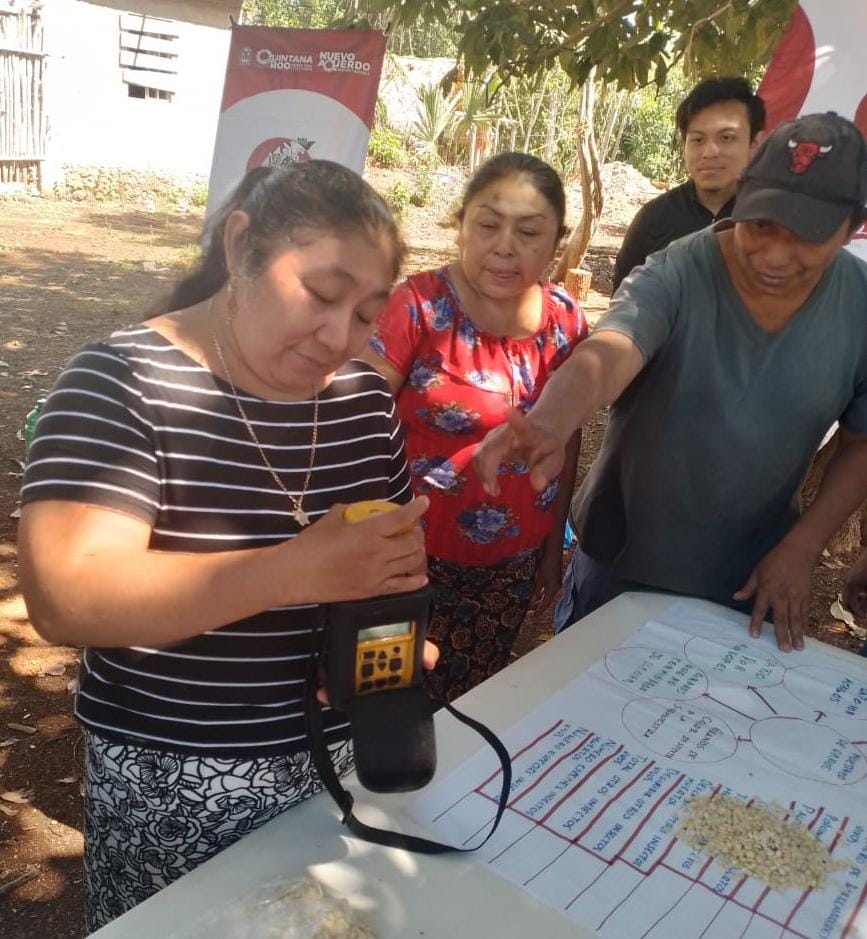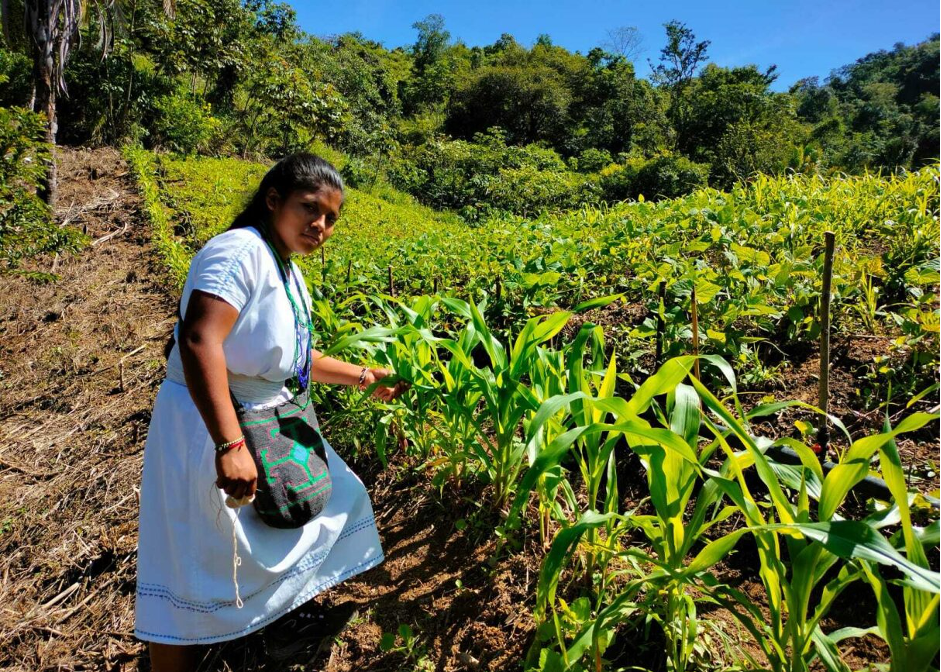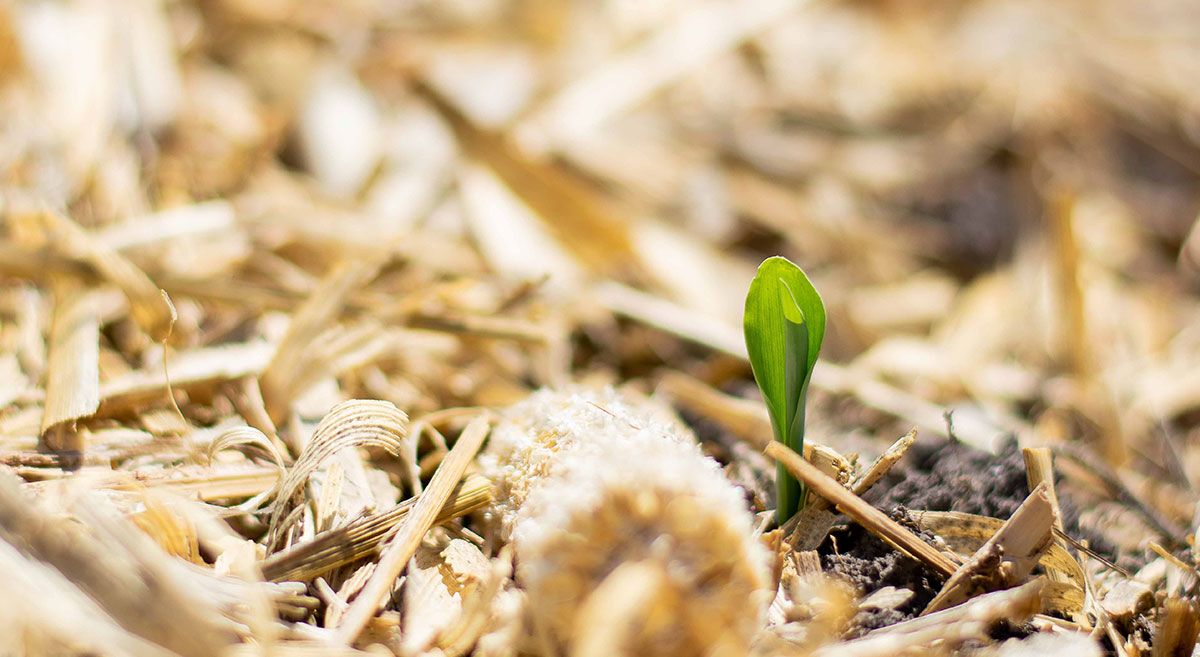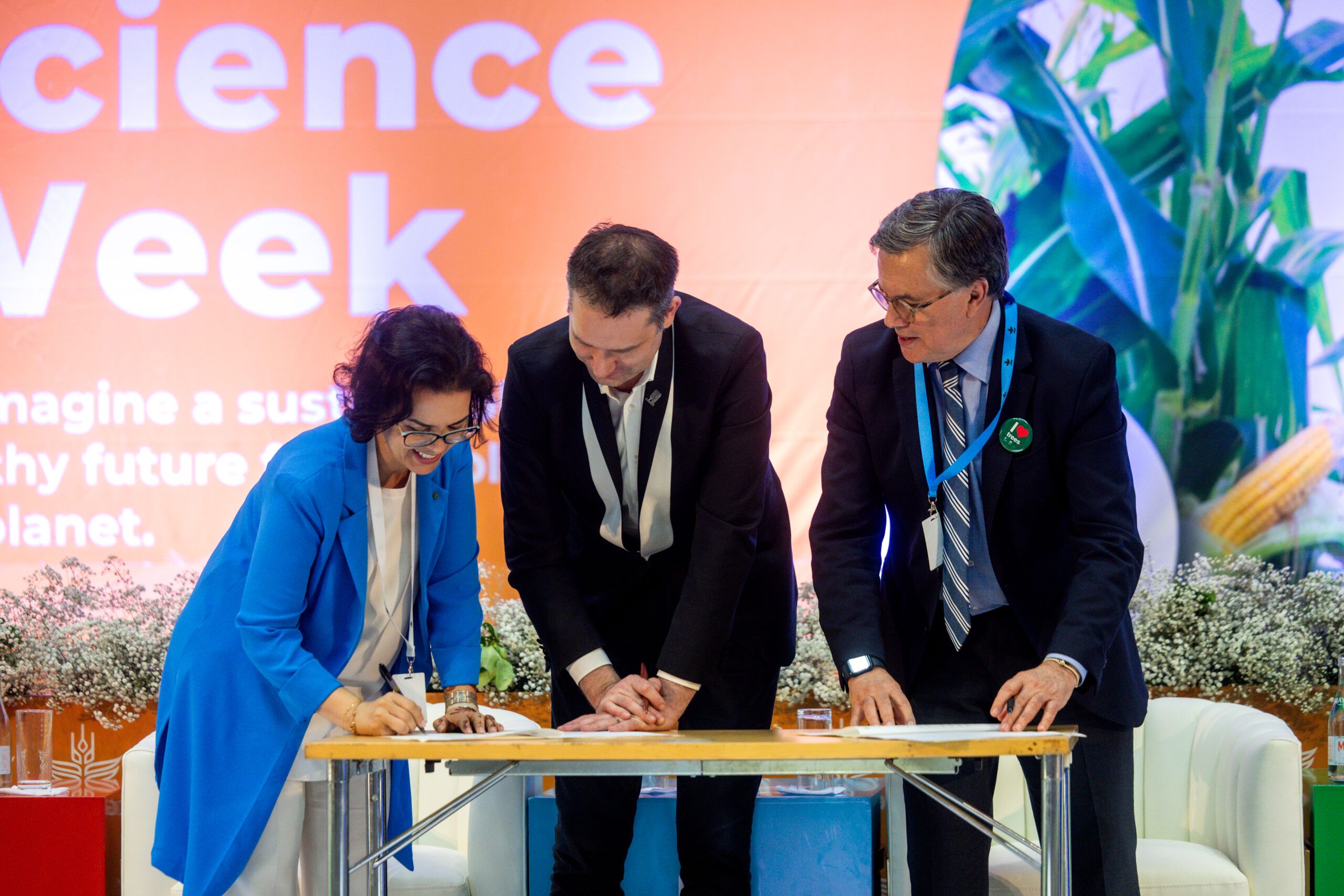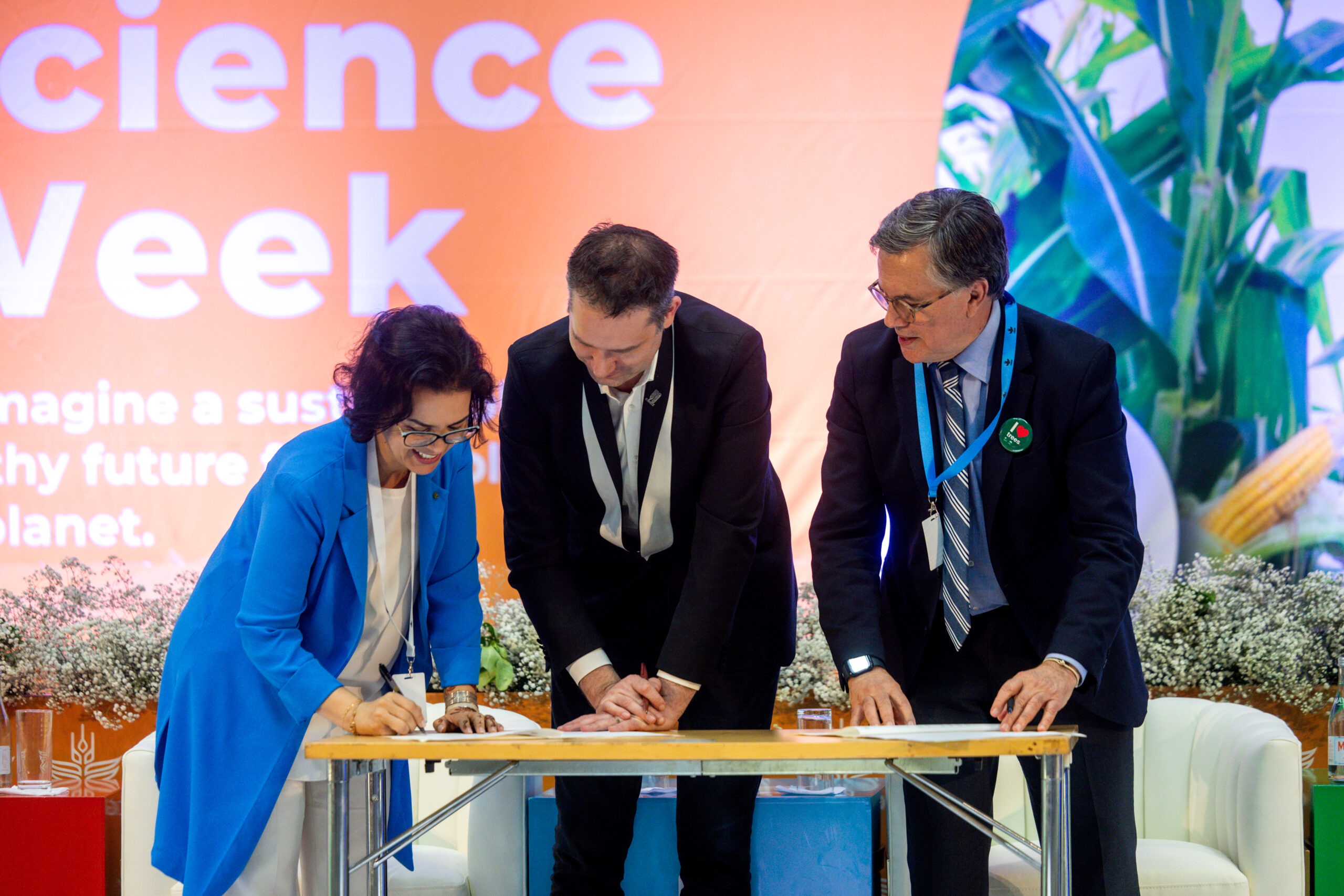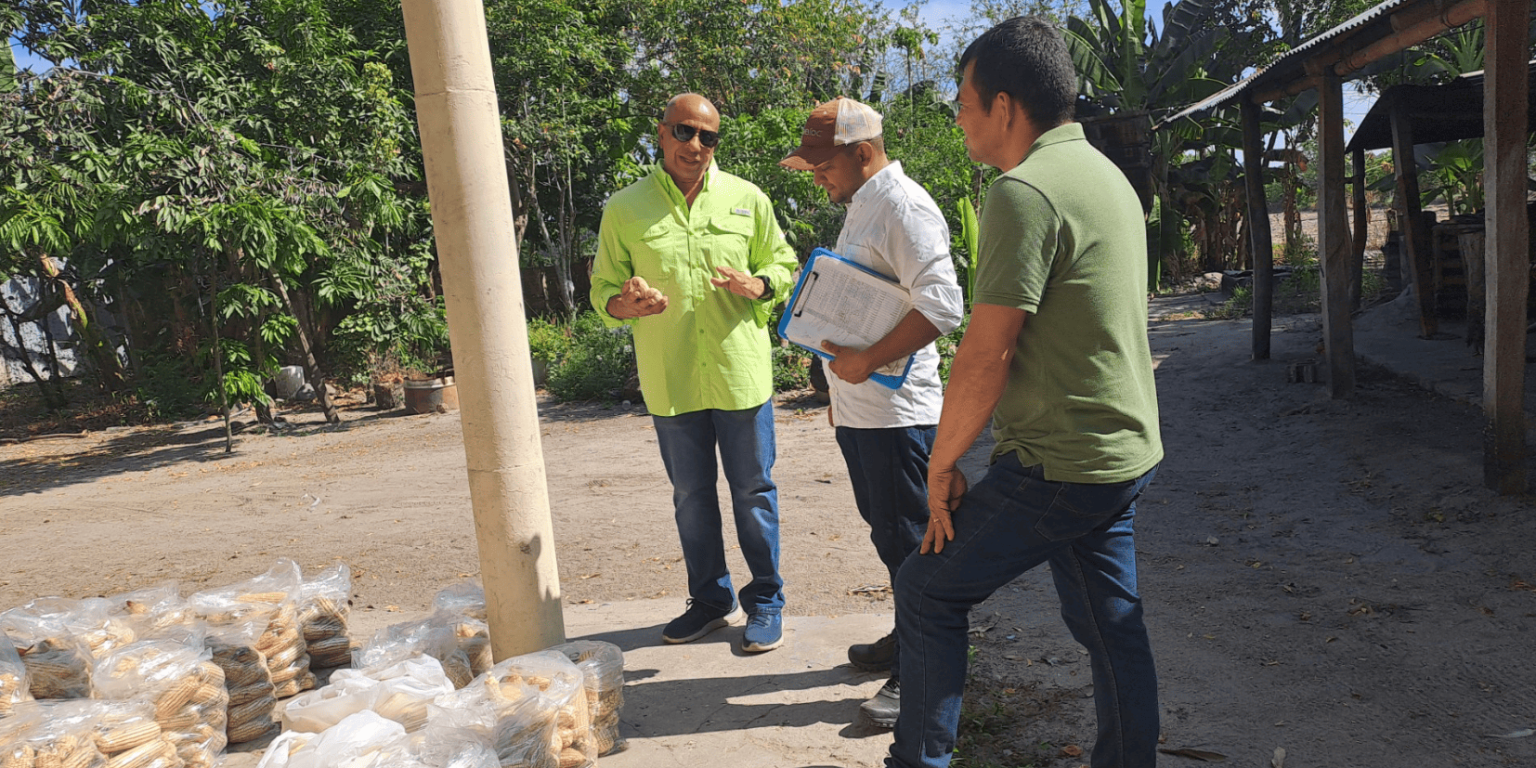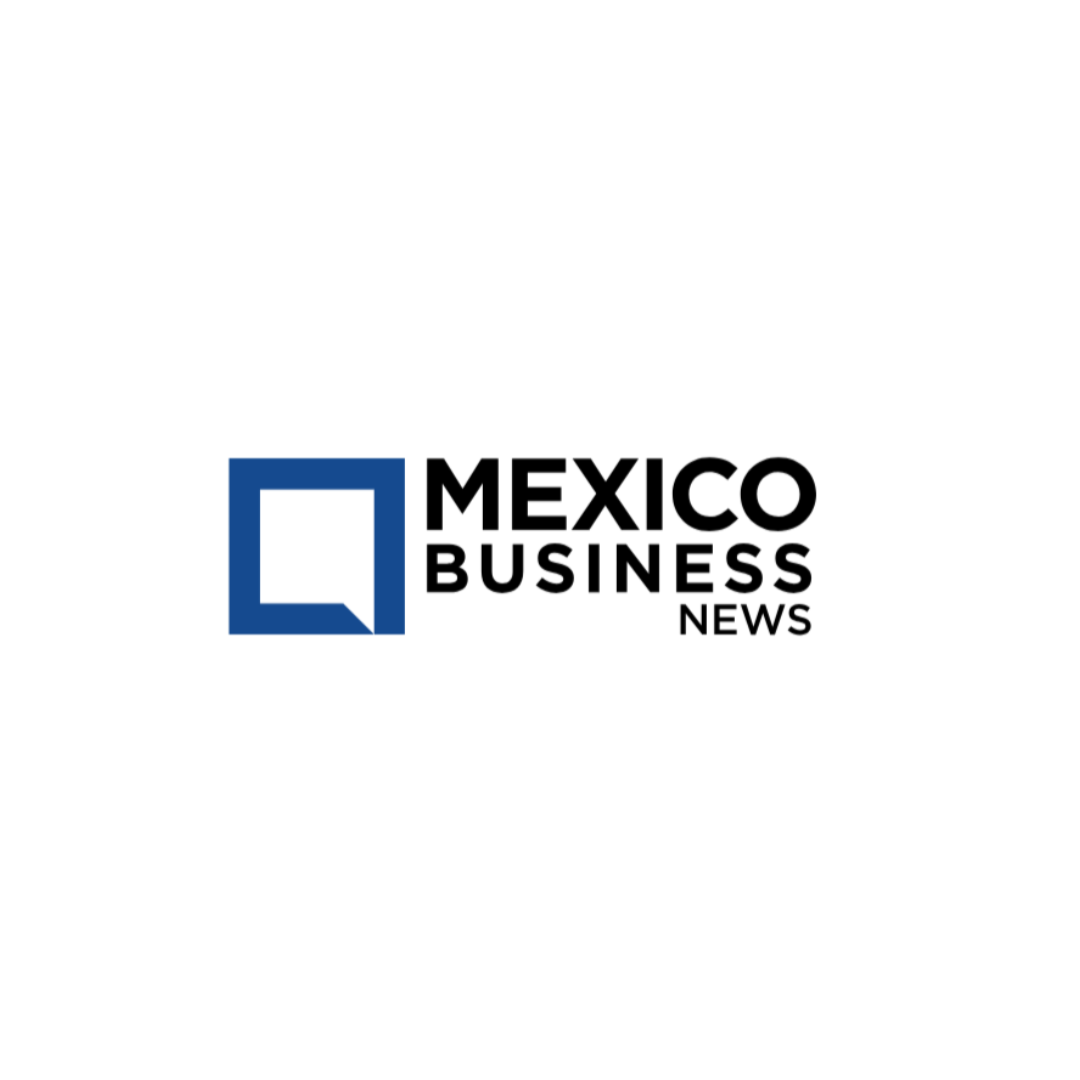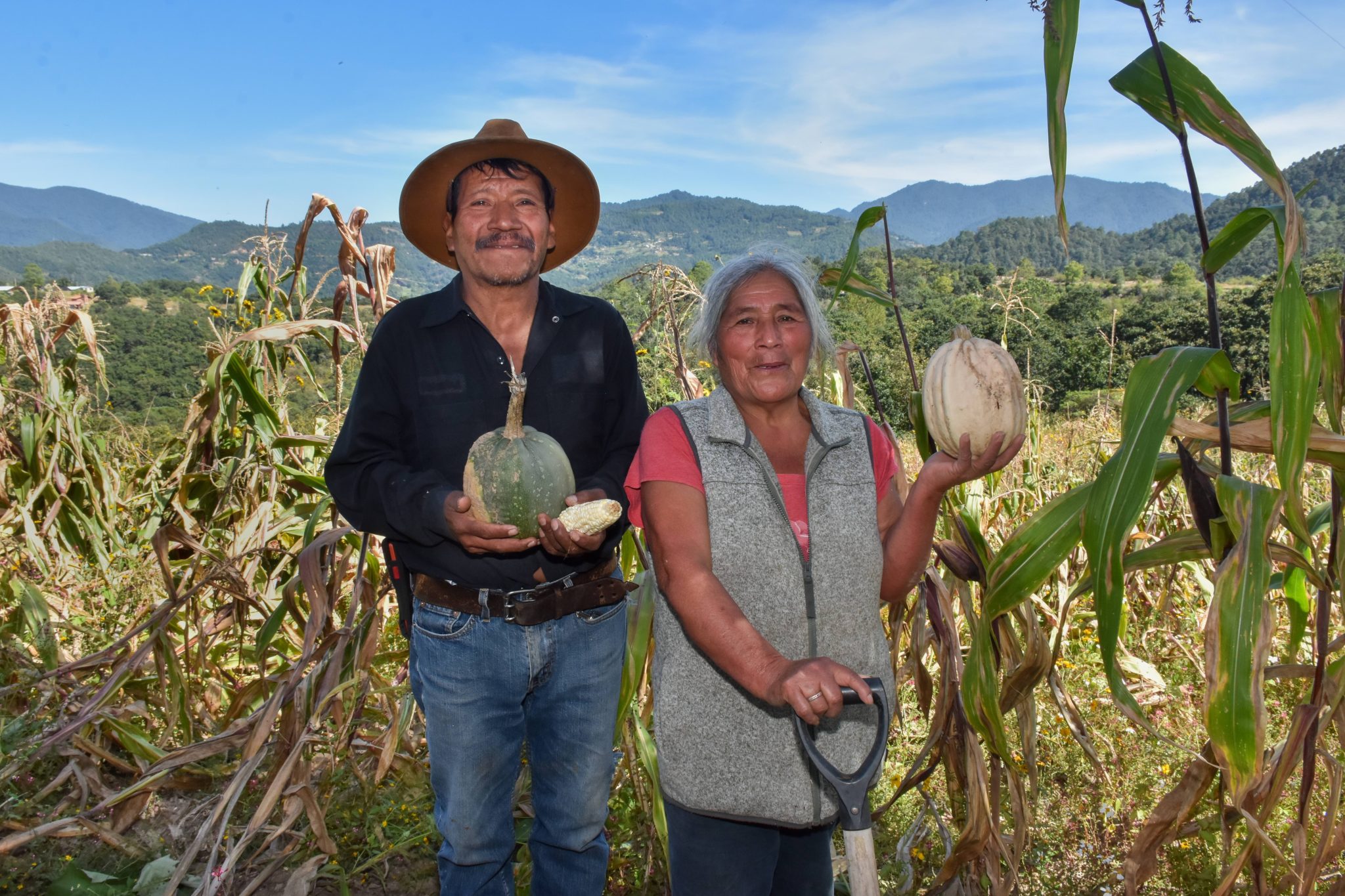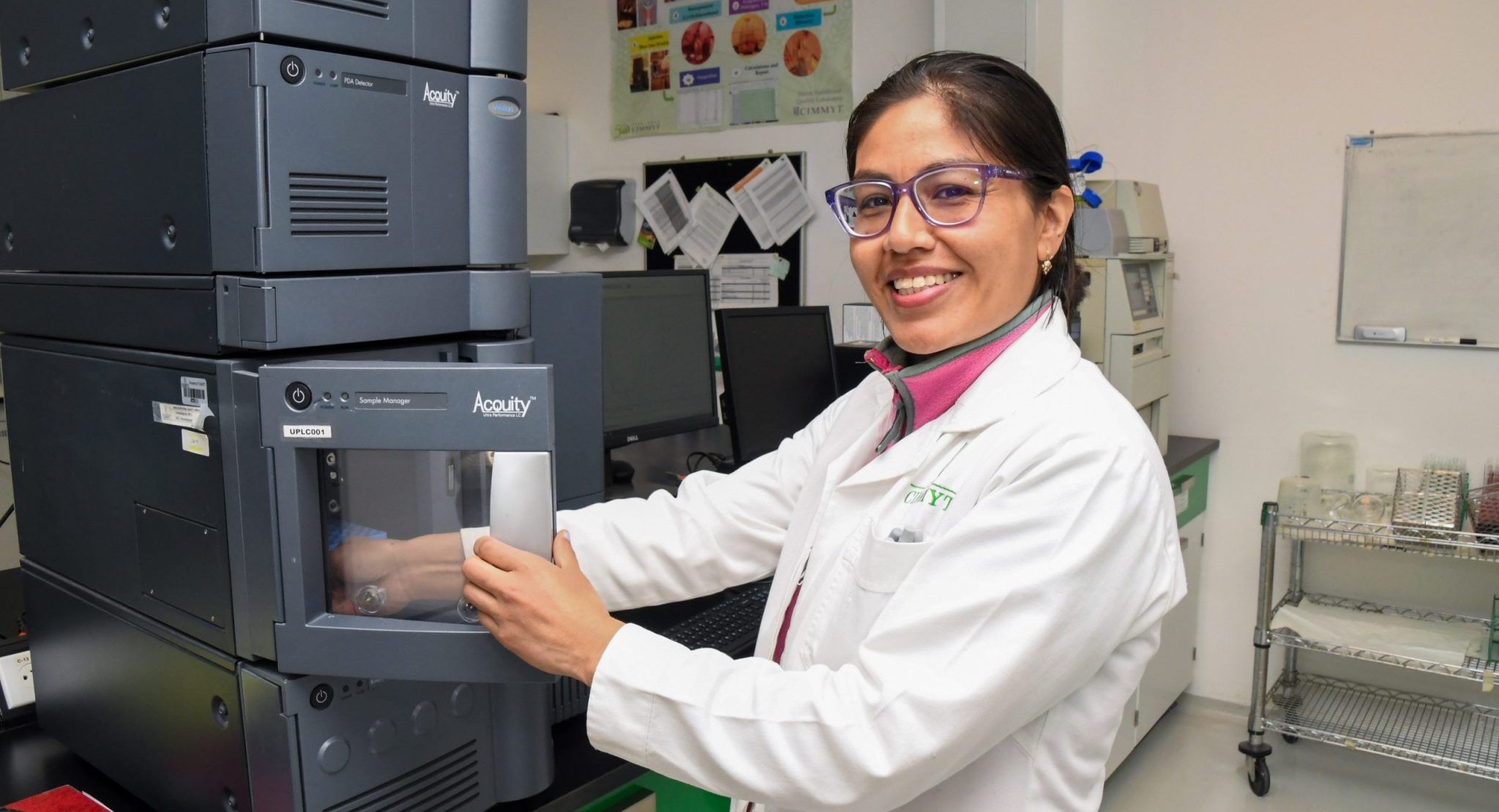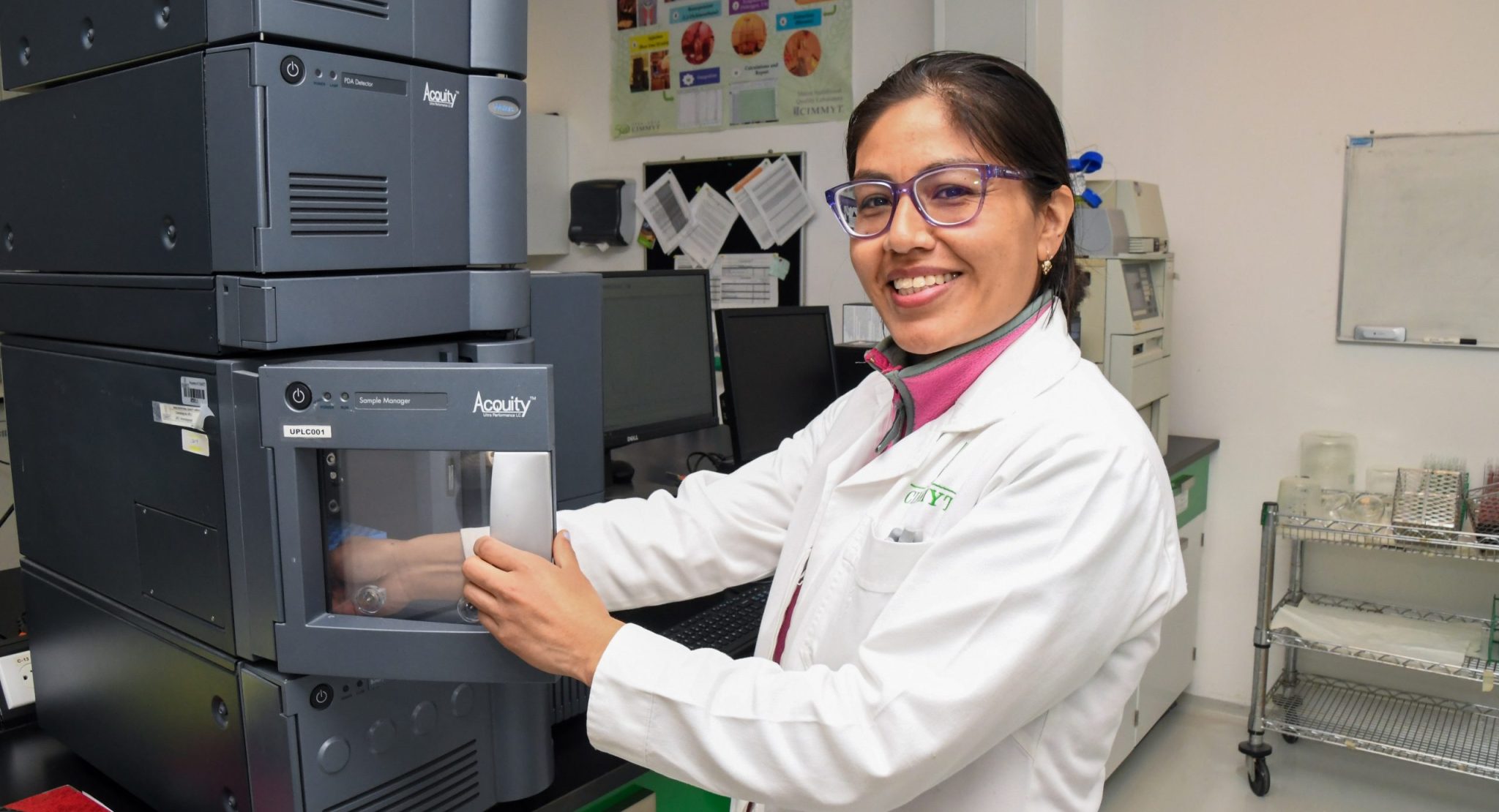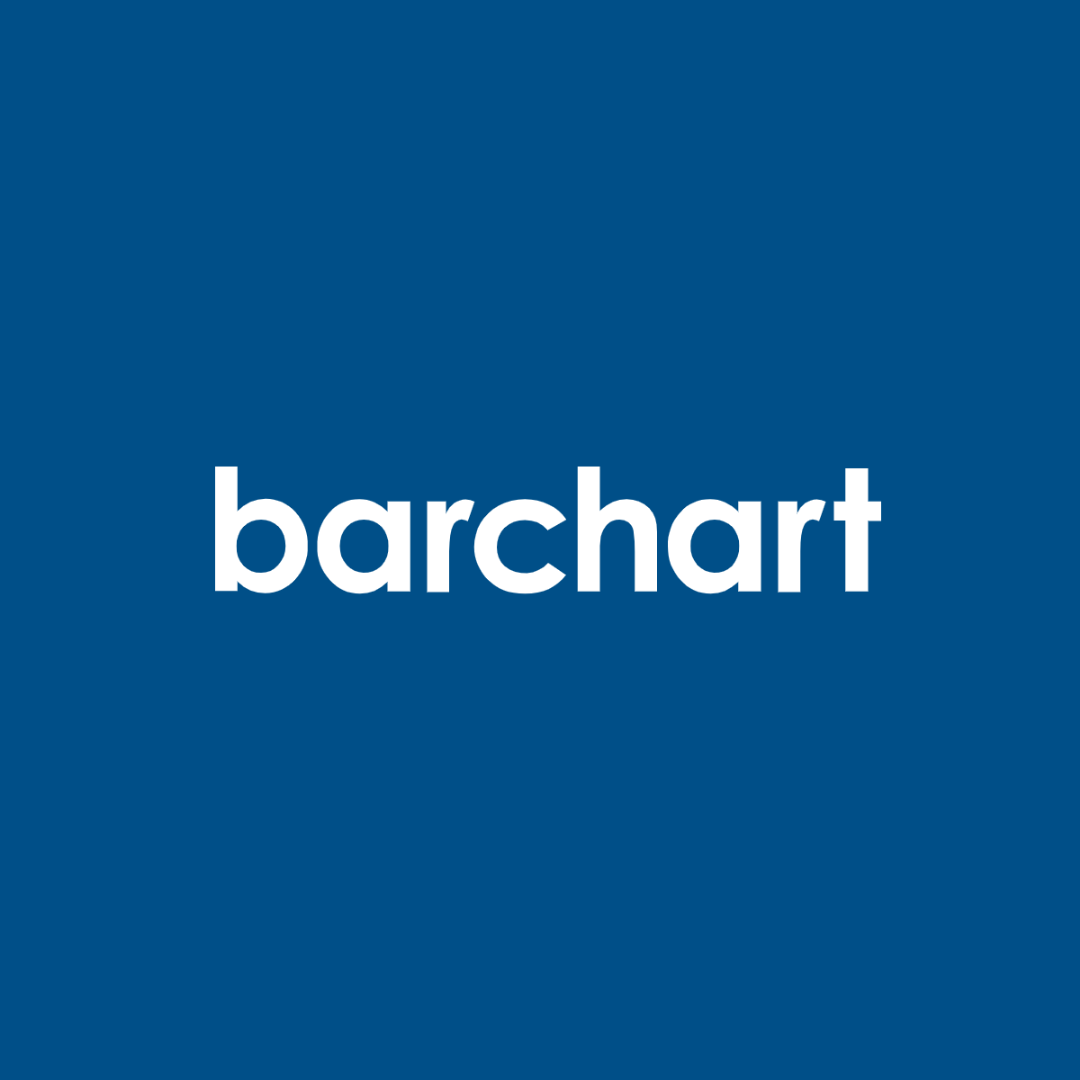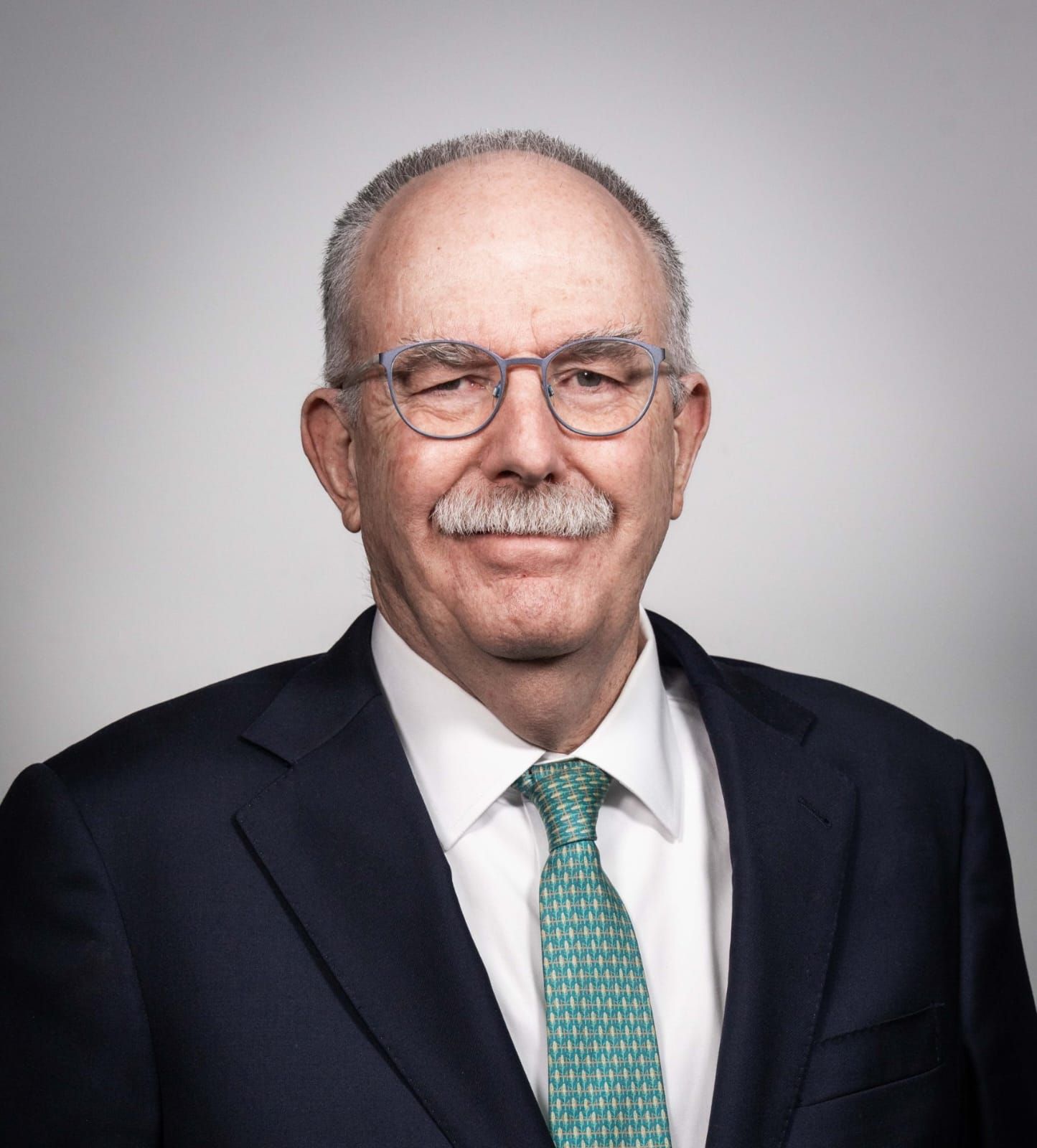Tips for diversifying crops and improving the functionality of agricultural systems
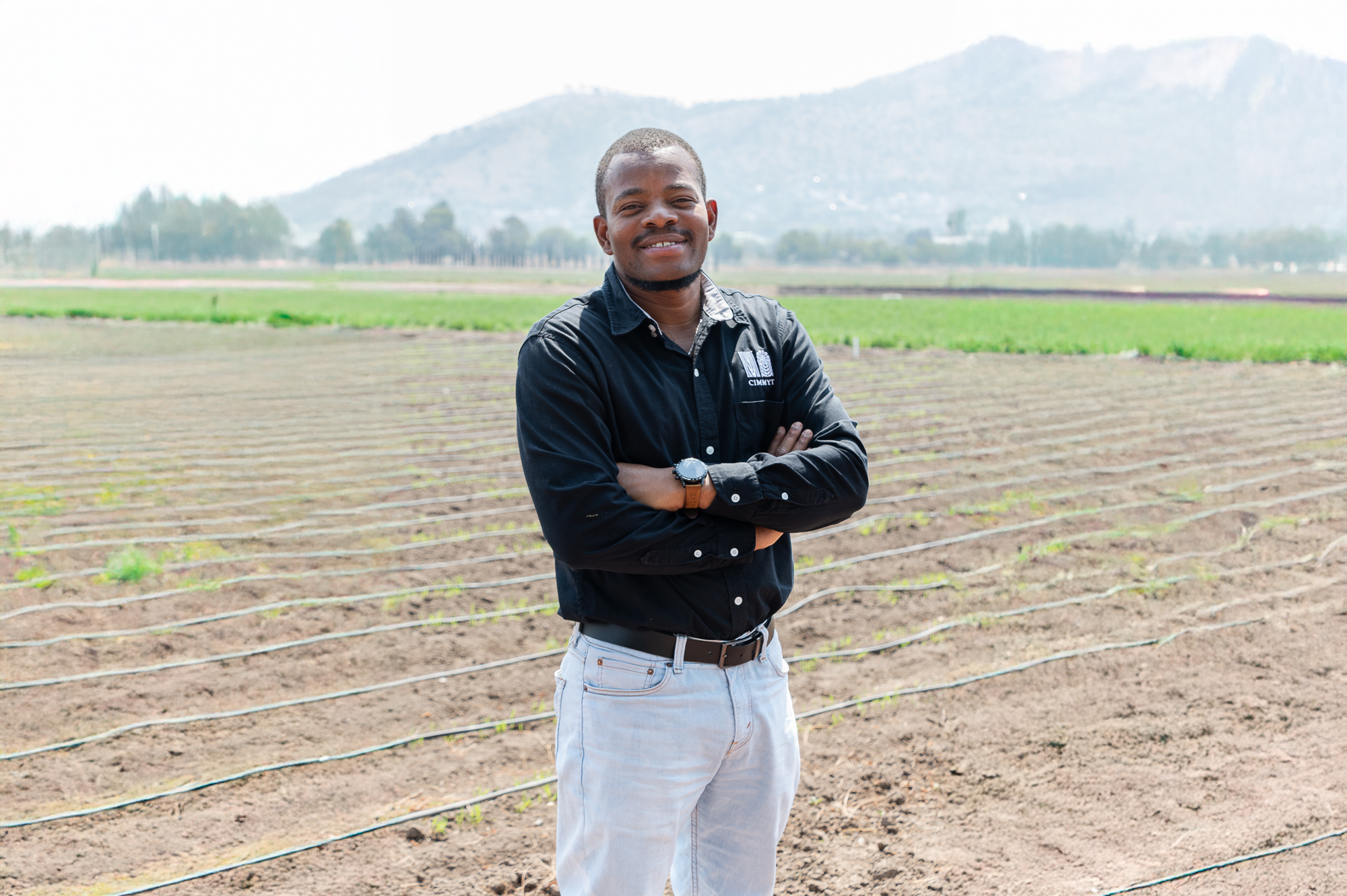
Functional diversification in agriculture seeks to maximize the potential of crops not only as sources of food but also as contributors to soil health, ecosystem stability, and economic sustainability. Through strategic design, agroecosystems can be strengthened to become more resilient, efficient, and productive. Mariel Guera, National Research Coordinator of the Sustainable Agrifood Systems (SAS) Program at CIMMYT, shares key recommendations for those interested in transitioning toward more diverse and functional systems.
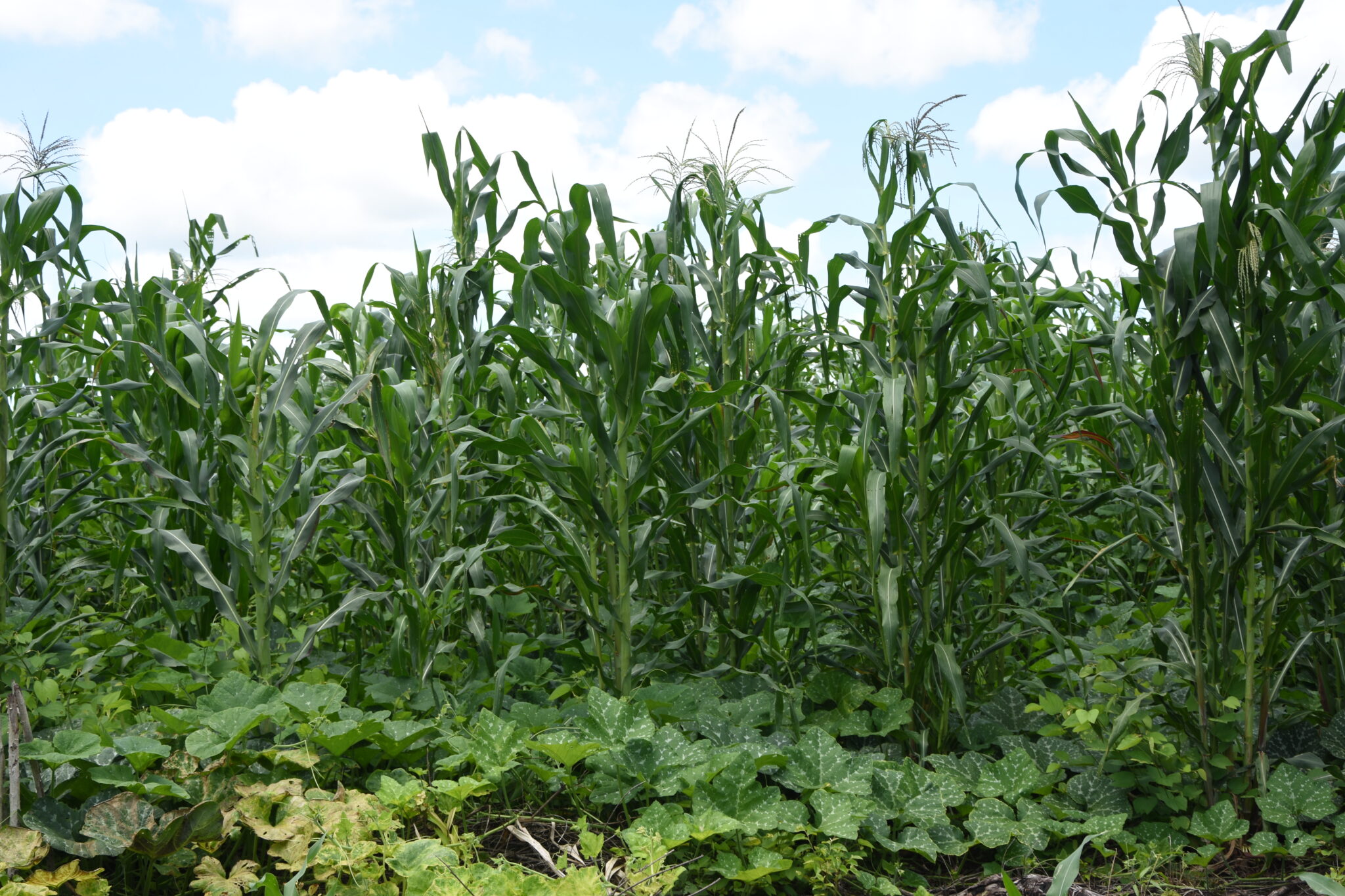
Integrating different species within an agricultural system provides important agroecological benefits. For example, incorporating crops such as legumes can enhance soil fertility, disrupt pest and disease cycles, promote beneficial insect populations, and broaden food and income opportunities.
Reduce climate risk
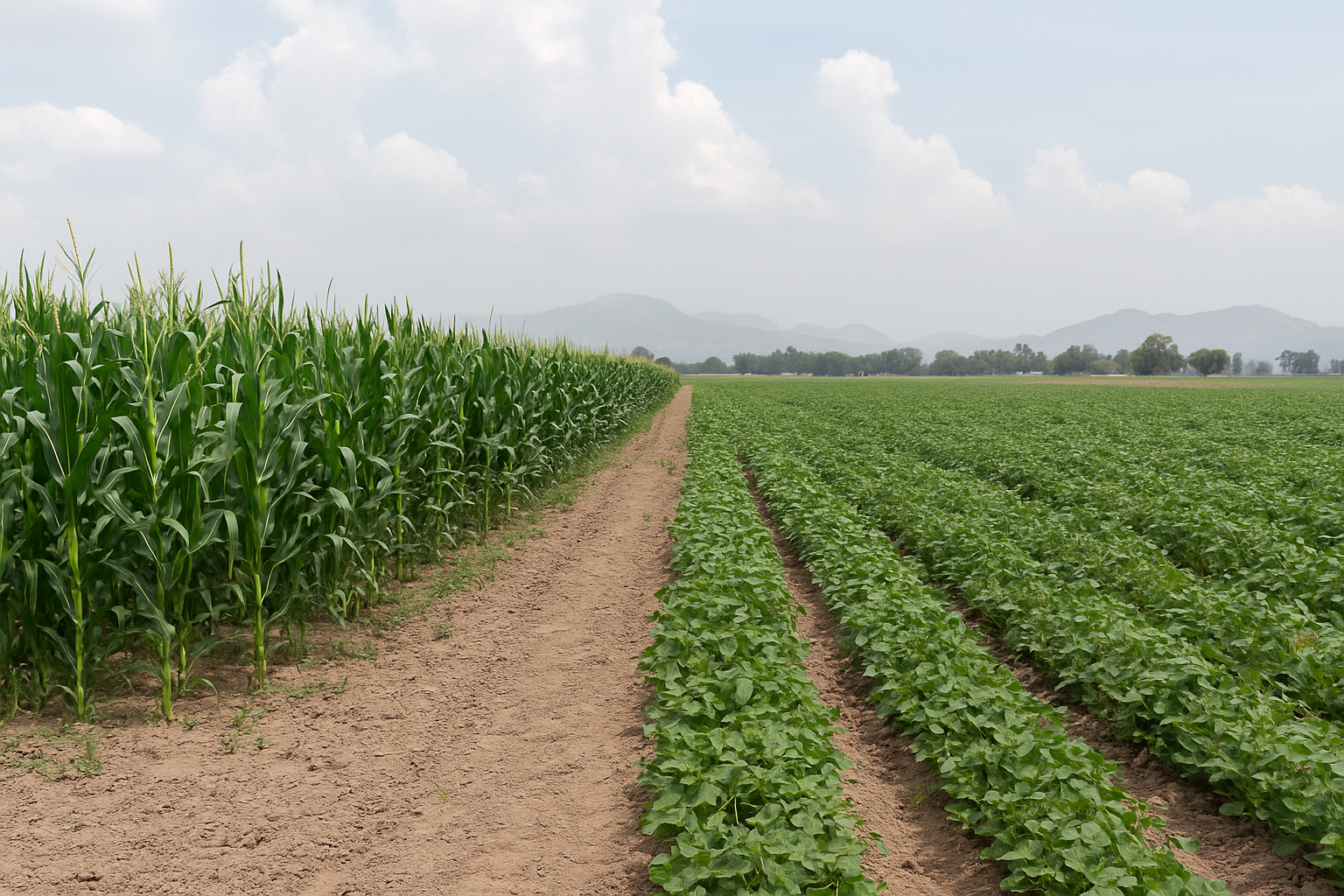
Growing crops with different water and nutrient requirements helps mitigate the impact of irregular rainfall or extreme heat. Functional diversity brings greater stability in the face of climate uncertainty.
Select adapted species with market potential
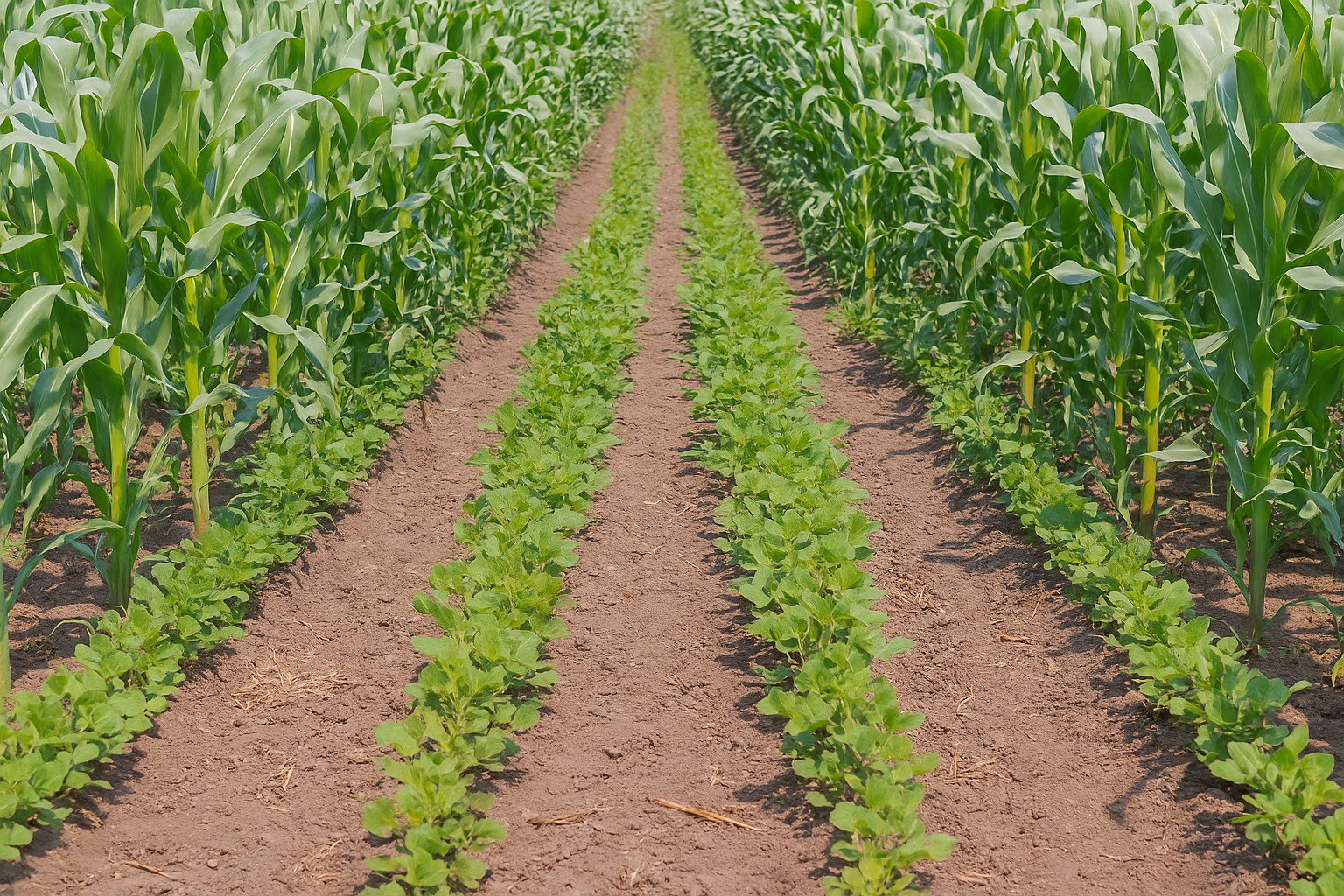
Species selection should be based on their adaptation to local conditions and market potential. While some hardy species may not be commercially viable, they fulfill essential functions such as providing soil cover, fixing nitrogen, and improving soil structure—leading to indirect benefits for the main crop.
Invest in intercropping and crop rotations
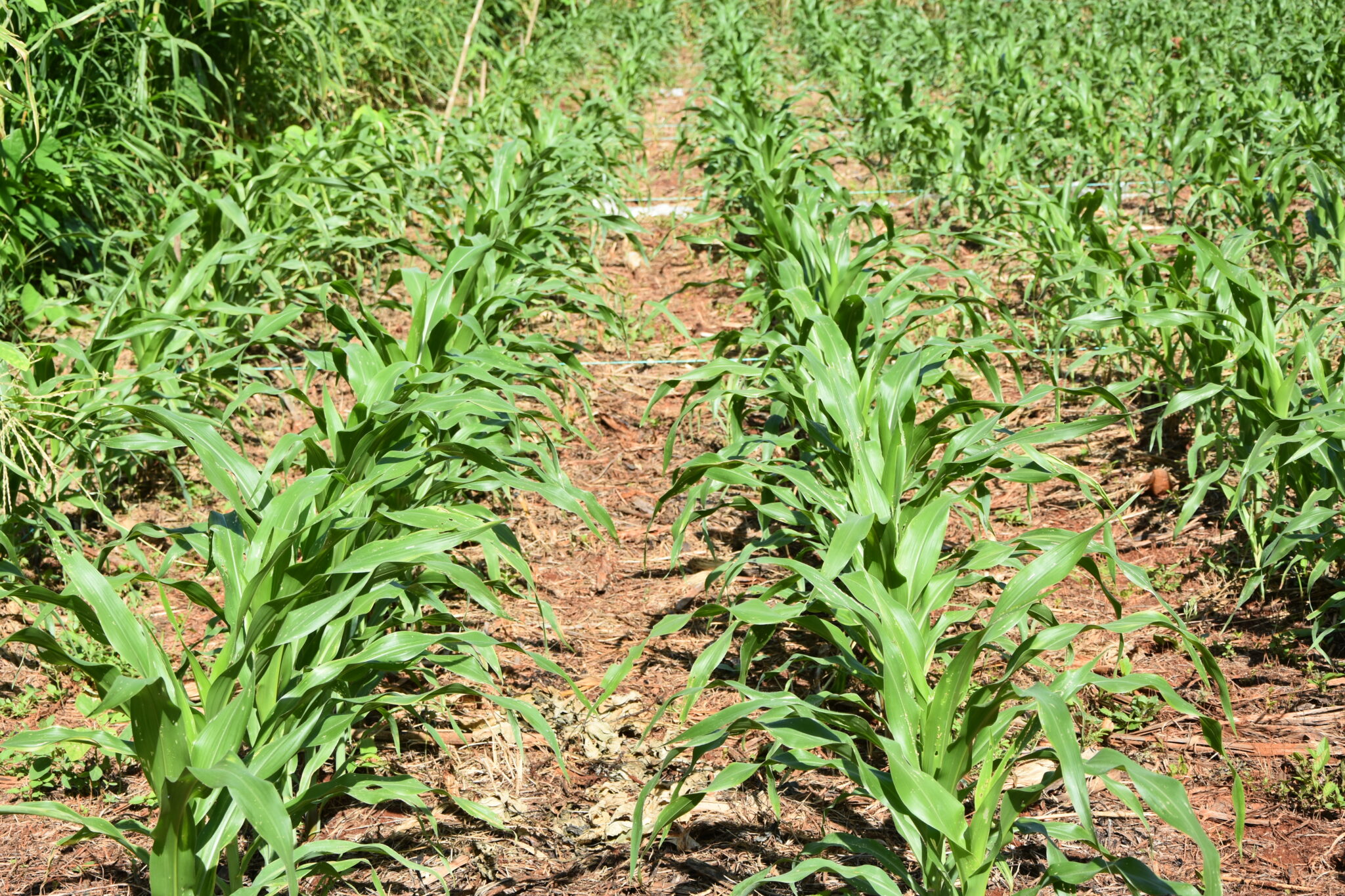
Combining crops through practices such as maize–bean intercropping or maize–sesame relay planting enables more efficient use of system resources without reducing yields. These practices improve profitability, contribute to pest control, and promote efficient land use throughout the cropping cycle.
Assess before diversifying
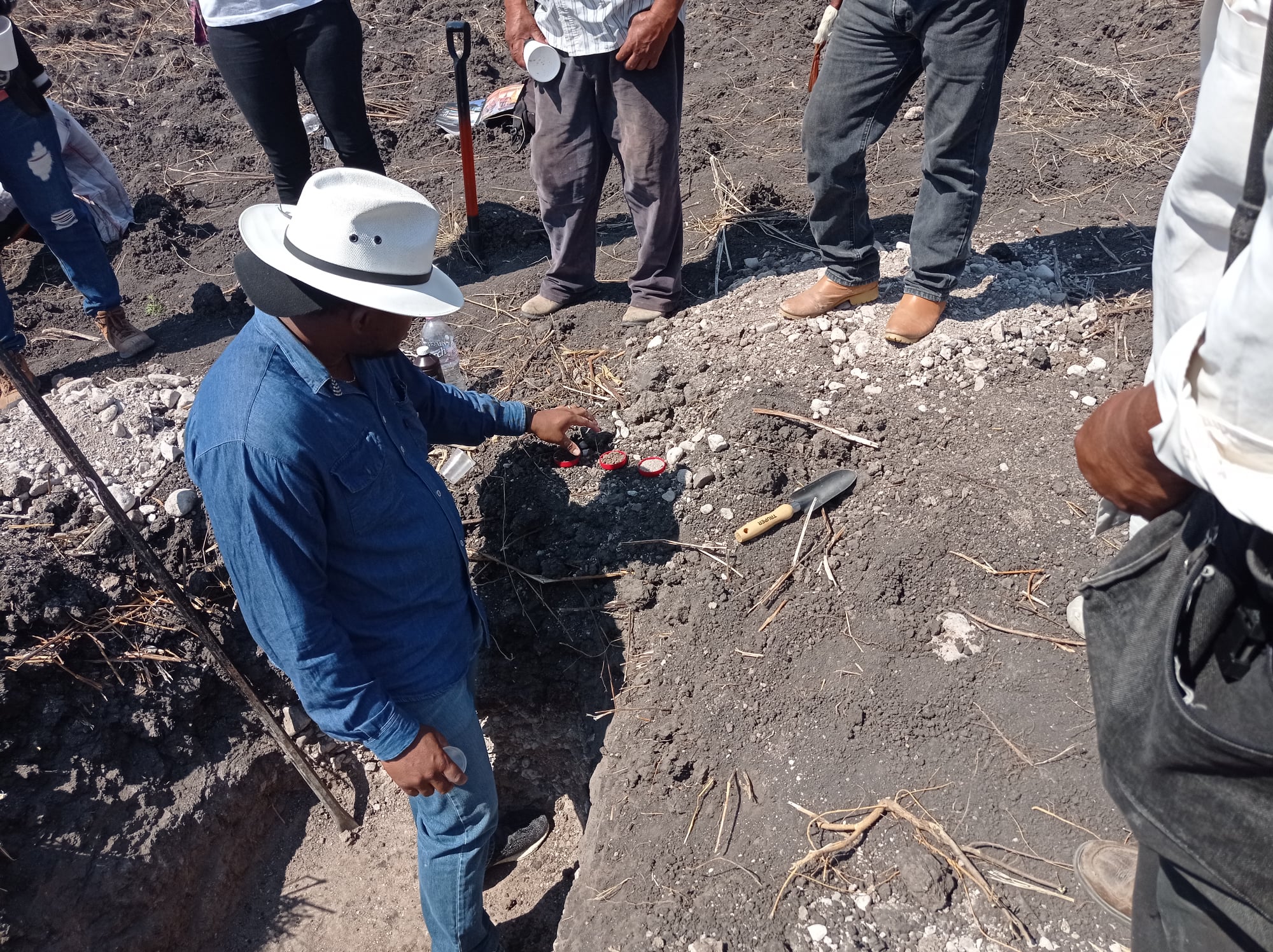
Before introducing new species, it is necessary to conduct a technical assessment of the context, including climate conditions, altitude, soil type, water availability, and agronomic history. This evaluation helps prevent losses and ensures effective diversification.
Support the agroecological transition
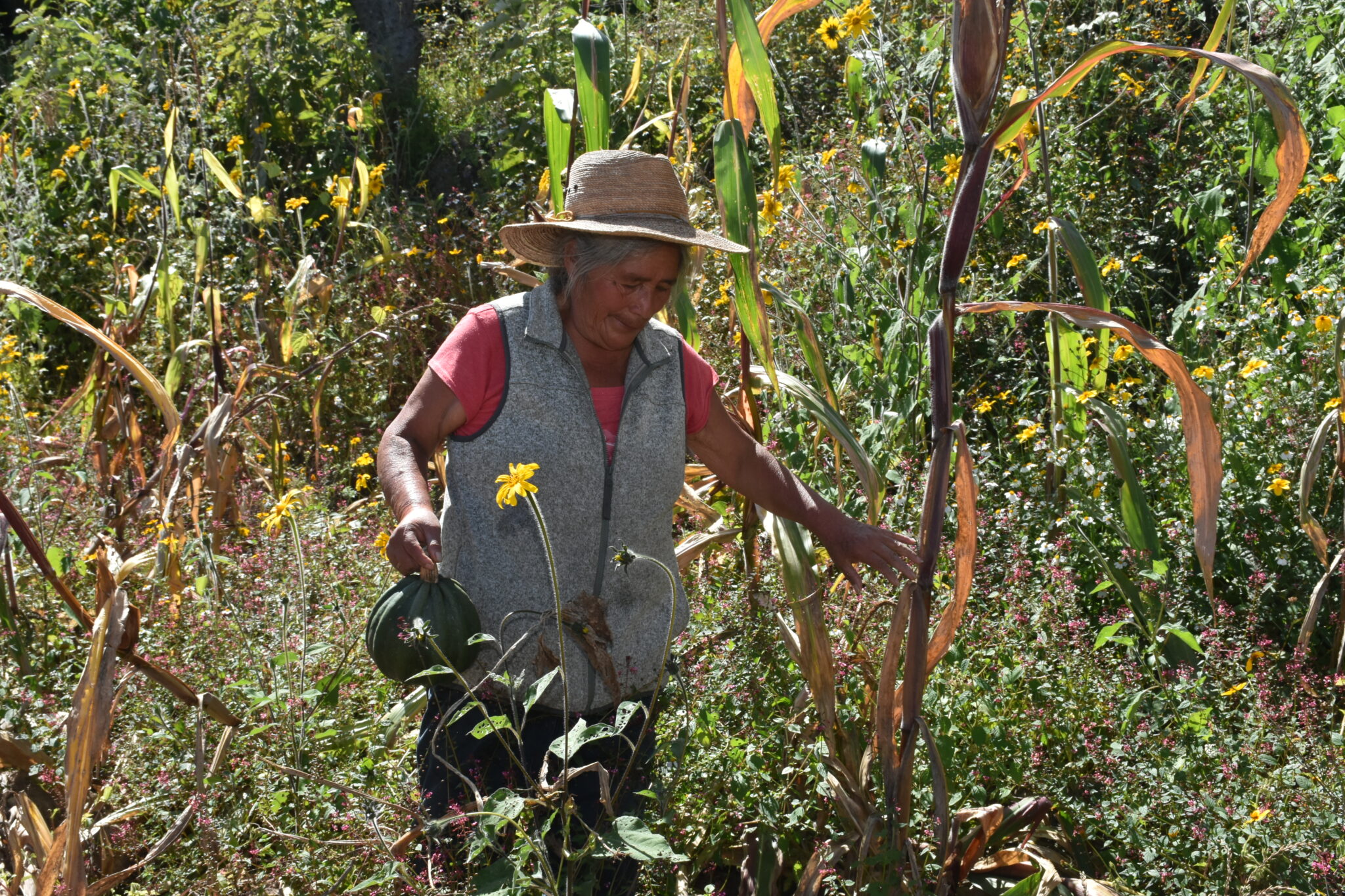
Functional crop diversity reduces chemical inputs, improves soil health, and contributes to restoring ecological balance in the system. In the medium and long term, these benefits promote more efficient, regenerative production.
Intentional and knowledgeable diversification is key to achieving more resilient, productive, and sustainable agricultural systems. Incorporating functional crops that are adapted to local conditions and linked to clear objectives strengthens productive autonomy, improves profitability, and promotes more balanced agroecosystem management. For diversification to be effective, it is essential to assess the system, select appropriate species, and receive technical support.
If you are interested in applying this approach to your farm, contact the CIMMYT team in your region. Locate your nearest hub to receive specialized guidance in designing a diversification strategy tailored to your production context.
